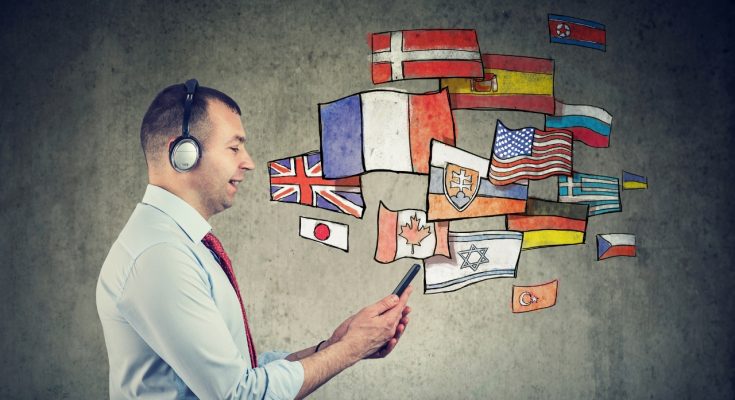Language is not just a means of communication; it’s a reflection of our culture, our beliefs, and our way of life. Every language carries within it a unique set of nuances, idioms, and cultural references that can be challenging to translate accurately. This becomes especially apparent when we try to convey these cultural nuances from one language to another.
The Limitations of Literal Translation
One of the biggest challenges in translating language is the tendency to rely too heavily on literal translation. While this may work for simple, straightforward sentences, it often fails to capture the full meaning and cultural context of more complex phrases.
For example, the English phrase “break a leg” is commonly used to wish someone good luck before a performance. However, if translated literally into another language, it might be met with confusion or even offense. This is because the cultural context behind the phrase is lost in translation.
The Importance of Cultural Competence
To truly convey the richness of a language, translators must possess not only a deep understanding of the language itself but also a profound knowledge of the culture from which it originates. This includes an understanding of cultural norms, customs, and historical references that may not have direct equivalents in other languages.
The Role of Context in Translation
Context plays a crucial role in translating language. A word or phrase that may have one meaning in one context can have a completely different meaning in another. Without a clear understanding of the context in which a word or phrase is used, translators risk misinterpreting the intended meaning.
Overcoming Translation Challenges
One way to overcome the challenges of translating cultural nuances is to use a more dynamic approach to translation. This involves not just translating words, but also conveying the underlying meaning and cultural context of the original text.
Translators can also use footnotes or annotations to provide additional context or explanations for cultural references that may not be immediately obvious to readers from another culture.
Embracing Cultural Diversity
In today’s globalized world, the ability to communicate across cultural boundaries is more important than ever. By embracing cultural diversity and striving to understand the nuances of language and culture, we can bridge the gap between us and create a more inclusive and interconnected world.
Read More: The Psychology Behind Word Association: How Your Mind Connects the Dots
Conclusion
Translating language is more than just converting words from one language to another; it’s about conveying the richness and complexity of a culture. By recognizing and embracing the challenges of translating cultural nuances, we can work towards more accurate and meaningful communication across linguistic and cultural boundaries.




